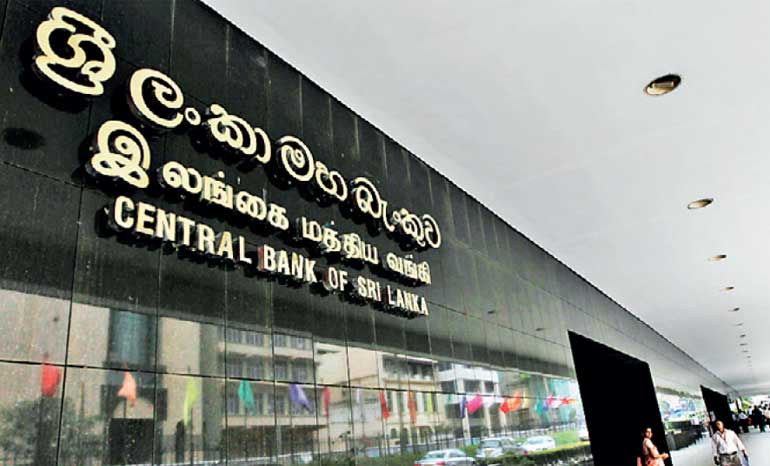Friday Dec 05, 2025
Friday Dec 05, 2025
Thursday, 9 March 2023 02:03 - - {{hitsCtrl.values.hits}}

Global giant Standard Chartered Bank speculated another 1% rate hike in the second half and inflation being above the Central Bank’s target whilst in the near term Rupee to trade between Rs. 300-325 to the US Dollar.
In a commentary following CBSL actions and related developments, Standard Chartered research said it’s revised its policy rate forecasts and “expect a further 100bps hike, taking the SLFR to 17.5% by end·2023 (versus 15.5% prior).”
It said the risk of further rate hikes cannot be ruled out if inflation moderates at a slower pace, given the pre-agreement between the Government and the IMF. “We expect national CPI (NCPI) inflation to average 40% in H1 and to slow to 16% in H2-2023. Statistical base effects and easing of supply-side issues following IMF board approval should help ease inflation in H2,” Standard Chartered said.
On the Sri Lanka Rupee (LKR) outlook, Standard Chartered said the US $-LKR has declined by 7% over the past week ending Friday, driven by a combination of a temporary mismatch in USD demand-supply onshore and policy steps aimed at a more flexible exchange rate. Inward remittances have improved and tourist arrivals are rising. In contrast, imports remain constrained amid a contraction in domestic demand. This has resulted in abundant USD supply onshore relative to USD demand, albeit temporarily. In addition, the Central Bank has announced steps towards a more flexible exchange rate - widening the trading band initially and, more recently, allowing the LKR to be fully market-driven from this week.
“We think this will lead to a further strengthening of the LKR in the near term and a pick-up in FX volatility overall. The Central Bank will likely continue to add to its FX reserves given the improvement in USD supply and rightly so. We see downside risk to our USD-LKR forecast of 350 by June 2023, and see risks of the exchange rate trading in a 300-325 range in the very near term,” the Standard Chartered Bank said.
It described CBSL’s Friday’s policy rate hike by 1% as a surprise. “This came as a surprise to us. We had expected a pause based on CBSL communication since the January policy meeting and as inflation is on a downward trajectory (albeit still elevated at over 50%),” it said.
However the bank said the decision to increase policy rates by l00bps was a consensus decision between the monetary policy board and IMF staff. It recalled that at the press briefing, CBSL Governor Dr. Nandalal Weerasinghe highlighted three key factors regarding the policy action: (1) the CBSL and the IMF had reached a preliminary agreement in September 2022 to hike policy rates by 200bps: (2) there are differences between IMF staff and the CBSL on the inflation outlook. However, expectations of faster disinflation going forward led both sides to agree on a l00bps rate increase. The Governor expressed confidence in the CBSL’s inflation projections (which are likely lower than the IMF’s): and (3) that the policy action on 3 March would help Sri Lanka gel the IMF Extended Fund Facility (EFF) program soon, SCB added.
Sri Lanka reached an IMF staff-level agreement in September 2022, and we currently expect IMF board approval in Q2·2023.
SCB said faster IMF board approval is important for lowering inflation as it would improve USD availability and ease supply-side shortages. It also said Sri Lanka has mostly completed the prior domestic policy action items agreed with the IMF with the latest policy hike. Sri Lanka also received financing assurances from all its official creditors, except China (where the assurance received so far has been deemed inadequate by the IMF). FX reserves stood at USD 2.1 billion as of January (including the USD 1.4 billion People’s Bank of China swap line, which has conditions regarding usability) and SCB said it expects around USD 700million·USD 1 billion of inflows in the next six months following IMF board approval.